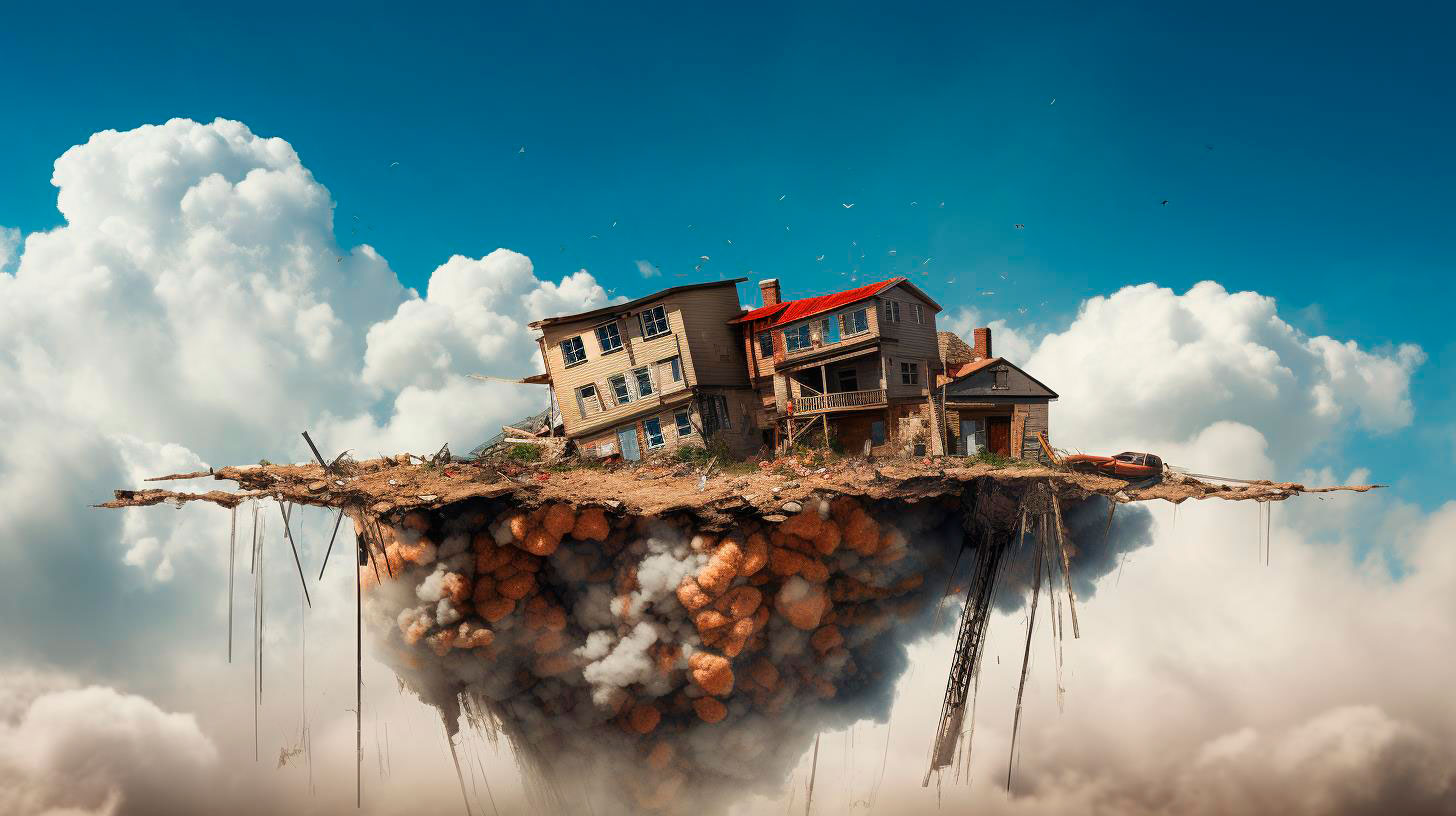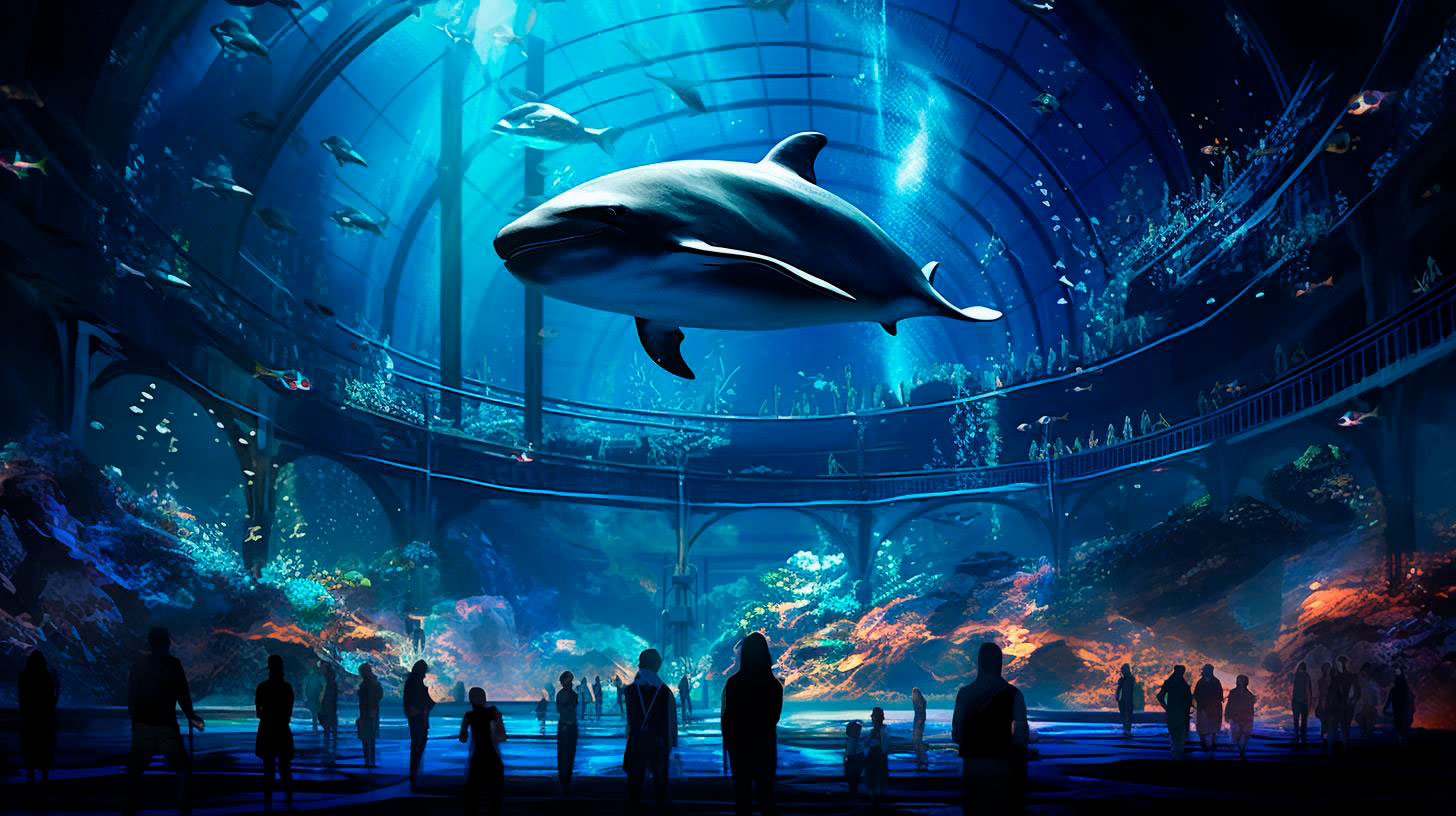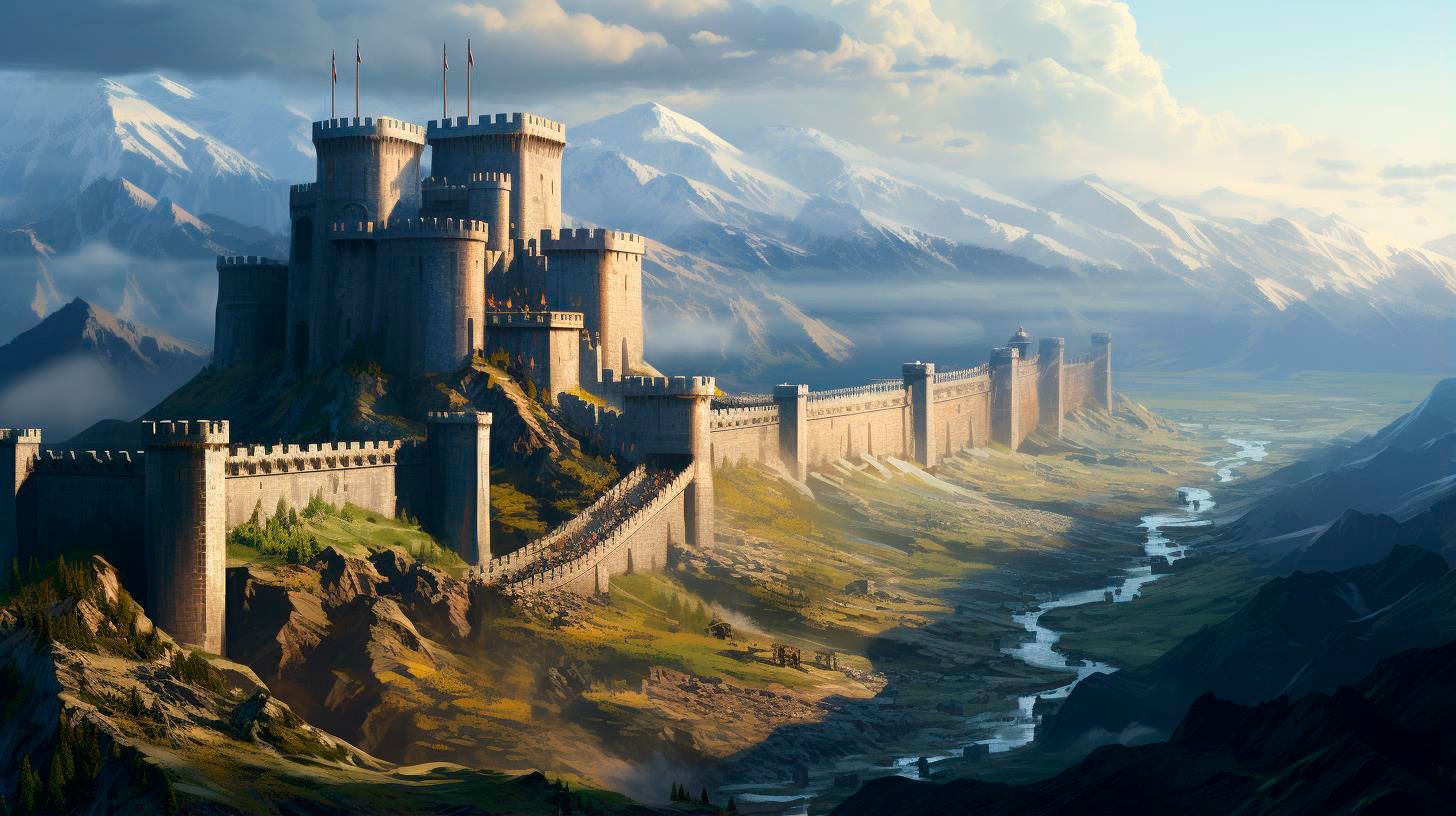In recent years, archaeologists have been embracing the possibilities VR and AR offer in visualizing and reconstructing ancient sites, bringing the past back to life in remarkable ways. In this article, we’ll delve into the potential of VR and AR in archaeology, focusing on 100 virtual excavations that have redefined the field.
The Rise of VR and AR in Archaeology
The integration of VR and AR in archaeology has proven to be a game-changer, unveiling unprecedented opportunities. By bridging the gap between the digital and physical worlds, these technologies enable archaeologists to immerse themselves in ancient civilizations, enhancing the understanding of historical contexts and artifacts. Let’s explore the features and advantages that make VR and AR invaluable tools in archaeology:
- Realistic Visualization: VR and AR platforms provide realistic and immersive visual experiences, allowing archaeologists to explore ancient sites and artifacts as if they were present at the time of their creation.
- Interactive Learning: VR and AR create interactive environments that engage archaeologists, students, and enthusiasts, facilitating hands-on learning experiences that were previously impossible.
- Data Preservation: The use of VR and AR in archaeology helps preserve historical sites and artifacts digitally, reducing physical deterioration and enhancing accessibility.
- Collaborative Research: VR and AR technologies enable archaeologists from different locations to work collaboratively on virtual excavation projects, fostering knowledge exchange and speeding up research processes.
- Hazard Mitigation: VR and AR provide safer alternatives to physical excavation sites, minimizing risks associated with treacherous or inaccessible locations, extreme weather conditions, or fragile structures.
100 Virtual Excavations: Unearthing the Past Digitally
Over the past decade, numerous virtual excavation projects have showcased the immense potential of VR and AR in archaeology. Here are some notable examples:
1. The Petra VR Experience
The ancient city of Petra in Jordan is a UNESCO World Heritage Site that attracts millions of visitors. Through VR, individuals can explore Petra’s tombs, temples, and amphitheaters, providing an incredibly detailed virtual experience that showcases the beauty and historical significance of the site.
2. The Pompeii AR Tour
Pompeii, the Roman city that was destroyed by the eruption of Mount Vesuvius in 79 AD, is another iconic archaeological site. AR tours allow users to witness the city as it once stood, superimposing virtual reconstructions onto the current ruins, providing a glimpse into the lives of its inhabitants.
3. MayaVR: Exploring Ancient Maya Civilization
MayaVR offers a virtual journey through the ancient Maya civilization, allowing users to explore Mayan temples, pyramids, and ceremonial centers. The platform features accurate reconstructions of historical sites in Mexico, bringing an interactive learning experience to archaeology enthusiasts.
These examples illustrate just a fraction of the virtual excavation projects that have revolutionized archaeology. VR and AR have opened new doors for researchers to preserve, study, and share historical knowledge in innovative ways.
Key Takeaways: Unlocking the Past with VR and AR
- VR and AR technologies are transforming the field of archaeology, providing immersive experiences and interactive learning opportunities.
- Realistic visualization, data preservation, and collaborative research are among the advantages offered by VR and AR in archaeology.
- Virtual excavation projects, such as the Petra VR Experience and Pompeii AR Tour, bring ancient sites to life, giving users unprecedented access to historical contexts.
- VR and AR have tremendous potential to reshape archaeology by preserving, studying, and sharing historical knowledge more efficiently and effectively.
As VR and AR technologies continue to advance, we can expect even more groundbreaking applications in archaeology. These tools not only redefine our understanding of the past but also inspire future generations to explore the remnants of ancient civilizations. The possibilities are endless, and the journey towards uncovering the secrets of our ancestors has only just begun.



